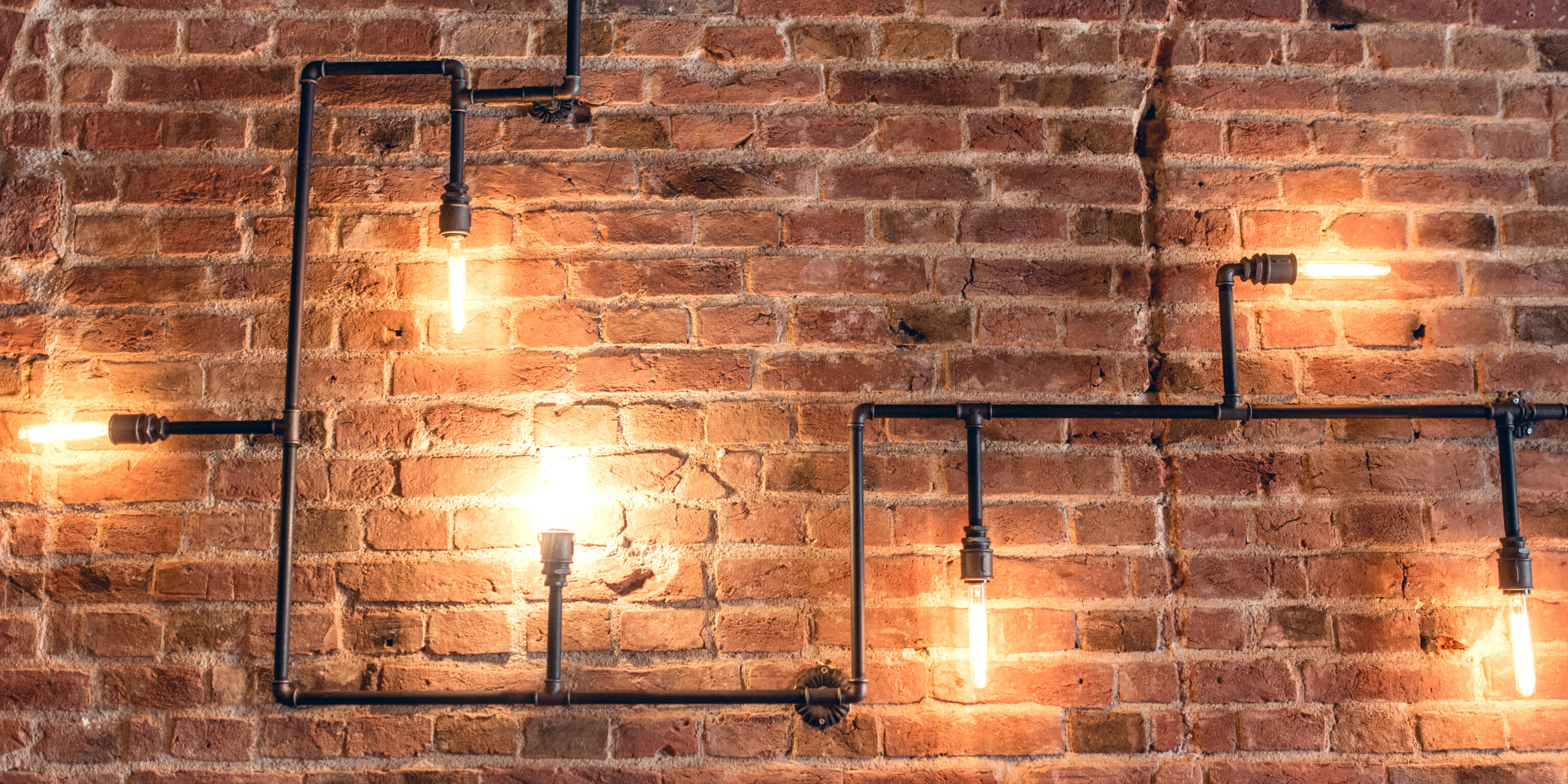
Neutral Color and Neutral Tone in Industrial Style Decoration
Industrial-style decorating is becoming increasingly popular for its raw, uncluttered aesthetic. The use of neutral colors and tones plays an essential role. Understanding these terms and knowing how to integrate them harmoniously is crucial to the success of an industrial interior. In this article, we'll explore the meaning of neutral colors and tones, and how to use them in key elements such as industrial furniture, DIY coffee tables, DIY dressing rooms, clothes racks, light cables and bulb sockets.
What is a neutral color?
Neutral colors are characterized by their sobriety and versatility. They are not among the bright colors of the visible spectrum, and include hues such as white, gray, black, as well as certain shades of beige and brown. Their main quality lies in their ability to create soothing, balanced atmospheres, while adapting to almost any decorating style.
In the industrial style, neutral colors are particularly appreciated for their ability to enhance raw materials such as metal, wood and concrete. They act as a discreet backdrop, allowing structural elements and decorative objects to take on their full dimension.
What is a neutral tone?
Neutral tones go beyond simple neutral colors by also considering the luminosity and saturation of hues. Neutral tones therefore include more subtle variations of these colors, modified by the addition of white, black or gray to obtain softer, more nuanced shades. These tones play a crucial role in harmonizing spaces, balancing contrasts and adding depth without visually overloading.
The importance of neutral colors and tones in the industrial style
Creating a balanced base
In an industrial interior, neutral tones and colors serve as a solid foundation. Raw materials such as concrete, wood and untreated steel naturally possess neutral colors, contributing to a sober, robust ambience.
Highlighting materials
The use of neutral colors brings out the best in materials that are emblematic of the industrial style. An exposed brick wall or metal framework will stand out more when surrounded by neutral tones, emphasizing the texture and character of the materials.
Harmonizing contrasts
Neutral colors and tones soften the contrasts between rough elements and the meticulous finishes typical of the industrial style. For example, a rough concrete floor can be counterbalanced by walls painted in off-white or light grey, creating visual harmony.
Decorative flexibility
Neutral colors offer great flexibility in decorating. They allow you to experiment with different accents and accessories without overloading the space. A base of neutral colors can be energized by touches of bright color in cushions, rugs or artwork.
Integrating neutral colors and tones into an industrial interior
Modular industrial furniture
Diy modular industrial furniture is often made from sturdy, durable materials such as metal and wood. Using neutral colors for this furniture makes it easy to integrate into any space. For example, a raw steel shelving unit with raw wood shelves blends perfectly with gray or white walls, creating a balanced, coherent ambience.
DIY coffee table
Creating a DIY coffee table from steel pipes and cast-iron plumbing fittings is a great way to incorporate industrial style into your interior. Use natural wood pallets or old formwork panels for the base. This will enhance the texture and raw look of the materials, while blending harmoniously into your decor.
Dressing room DIY
A DIY industrial-style dressing room can be created using metal tubes and wooden planks. Leave the wooden boards in their natural shade, or opt for a white wall finish. Neutral colors will help maintain a sober, elegant ambience, ideal for a functional, stylish storage space.
Clothes rack
Metal clothes racks are typical elements of the industrial industrial style. The neutral color of your floors and walls will highlight the rack and blend in perfectly with your space. You can also add wooden elements for a subtle yet warm contrast.
Luminaire cable and bulb socket
Lighting fixtures play a key role in industrial design. Black or grey textile lighting cables and metal, brass or copper bulb sockets are perfect choices. These neutral elements add an industrial touch without visually dominating the space. You can also play around with filament LED bulbs to reinforce the raw, authentic aesthetic.
Examples of successful use
Industrial loft in New York
An industrial loft in New York with high ceilings, large windows and exposed brick walls uses a palette of grays and whites for the floors. Industrial leather furniture and metallic accessories complete the look. Touches of natural wood add warmth, making the space welcoming without sacrificing the industrial aesthetic.
Artist studio in Berlin
In an artist's studio in Berlin, concrete walls and metal beams are left in their raw state. Neutral color dominates, with soft grays and bright whites illuminating the space. Artwork and eclectic furniture, often in neutral colors but with varied textures, create an atmosphere that is both functional and inspiring.
Conclusion
Neutral colors and tones are indispensable in the world of industrial-style decorating. They provide a solid, balanced base, highlight raw materials and create the visual harmony essential to this style. By mastering the use of neutrals and playing with textures and accents, it's possible to create industrial spaces that are robust, elegant and welcoming. What we love about MC Fact.
Far from being boring, neutral colors are powerful allies in bringing the distinctive elements of this style to life, while maintaining a consistent, refined aesthetic. So don't hesitate to use them liberally to give your industrial interior all the splendor it deserves.
